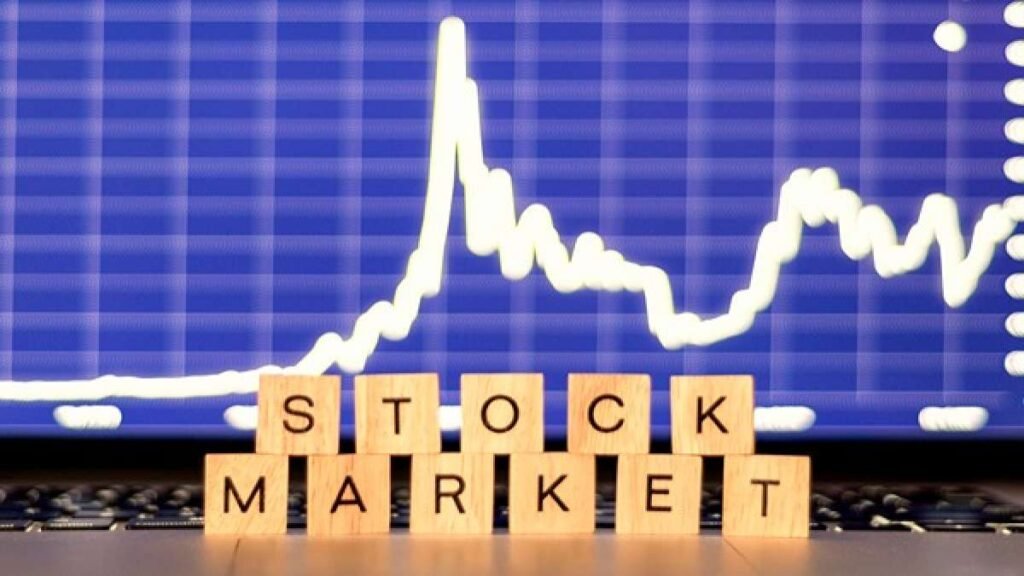Due to the fact that their liabilities greatly outweighed their assets, Silicon Valley Bank (SVB) and Signature Bank were ordered to stop conducting regular business this week.
Causes of bank failures
These two banks failed for a variety of reasons. Massive losses from the Signature Bank’s extensive cryptocurrency investments caused it to lose capital. The US banking regulator ordered the bank to stop conducting regular banking operations after attempts to re-capitalize it failed.
With assets of slightly over $210 billion at the end of December 22, the SVB was a mid-sized regional bank in the United States. The majority of the bank’s funding went to technology start-ups, who also provided the majority of the deposits.
Between 2020 and 2022, SVB virtually tripled its deposit base in parallel with the rapid rise in the profitability and funding of the technology sector.
In the latter half of 2022, as the technology sector started to endure diminishing profits and restricted access to capital, its financial situation started to deteriorate. Government bonds and other securities backed by mortgages made up a sizable portion of the SVB’s holdings. SVB held close to 60% of its assets in securities, compared to the typical U.S. bank, which retains 20% of its total assets in securities.
Since 2021, when US bond yields began to rise sharply, unrealized marked-to-market losses on the bank’s security portfolio began to accumulate.
Due to rumours of financial difficulties at SVB, depositors attempted to withdraw $42 billion. To meet this demand, the bank had to sell securities, which resulted in the realization of previously unrealized losses and eroded its capital base. As the bank’s attempts to raise capital failed, US banking sector regulators demanded that it cease normal banking operations.
Actions taken by U.S. authorities
It has been said that there are no intentions to use public funding to save these two institutions. Hence, the entire decrease in asset value caused by the market must be borne by stock holders and unsecured lenders to these banks. All bank depositors have complete access to their accounts at all times, whether they have insured or uninsured deposits (now being run under the receivership of the FDIC). The FDIC would be responsible for any expenses needed to reimburse depositors over the assets of the institutions (the deposit insurance authority in the US).
To meet the liquidity needs of US banks, the authorities have established a funding mechanism allowing banks to borrow from the Federal Reserve against the collateral of government securities and mortgage-backed securities at face value (i.e., without any marked-to-market losses) for the next one year.
Impact on the Indian stock market:
Indian banks are subject to much stricter regulations, oversight, and accounting standards than US banks. Indian banks are required to make provisions for all unrealized marked-to-market losses outside of their held-to-maturity (HTM) portfolios, unlike banks in the US. The majority of Indian private sector banks have a modest HTM portfolio.
As a result, India is unlikely to endure the same kind of shock that SVB did.
It is likely that the Reserve Bank of India will employ a similar approach in light of the Federal Reserve pumping liquidity and changing its monetary policy stance to one that is more dovey. The forecast for the nation’s interest rate environment is therefore more positive than it was previously.
The prognosis for Indian publicly traded companies’ earnings is unaffected by the demise of two U.S. banks. In addition, the expected drop in interest rates, including bond yields, would lower the discount rate on companies’ future earnings, which would improve the medium- to long-term valuation of Indian equities.
Conclusions:
The earnings of the publicly traded corporations in India have not been significantly impacted by the two recent bank failures in the United States.
The incidents have a positive impact on interest rate expectations. The price-to-earnings multiples used to appraise Indian equities may rise as a result. We are still optimistic that the Indian equity markets would produce returns of around 12%.

